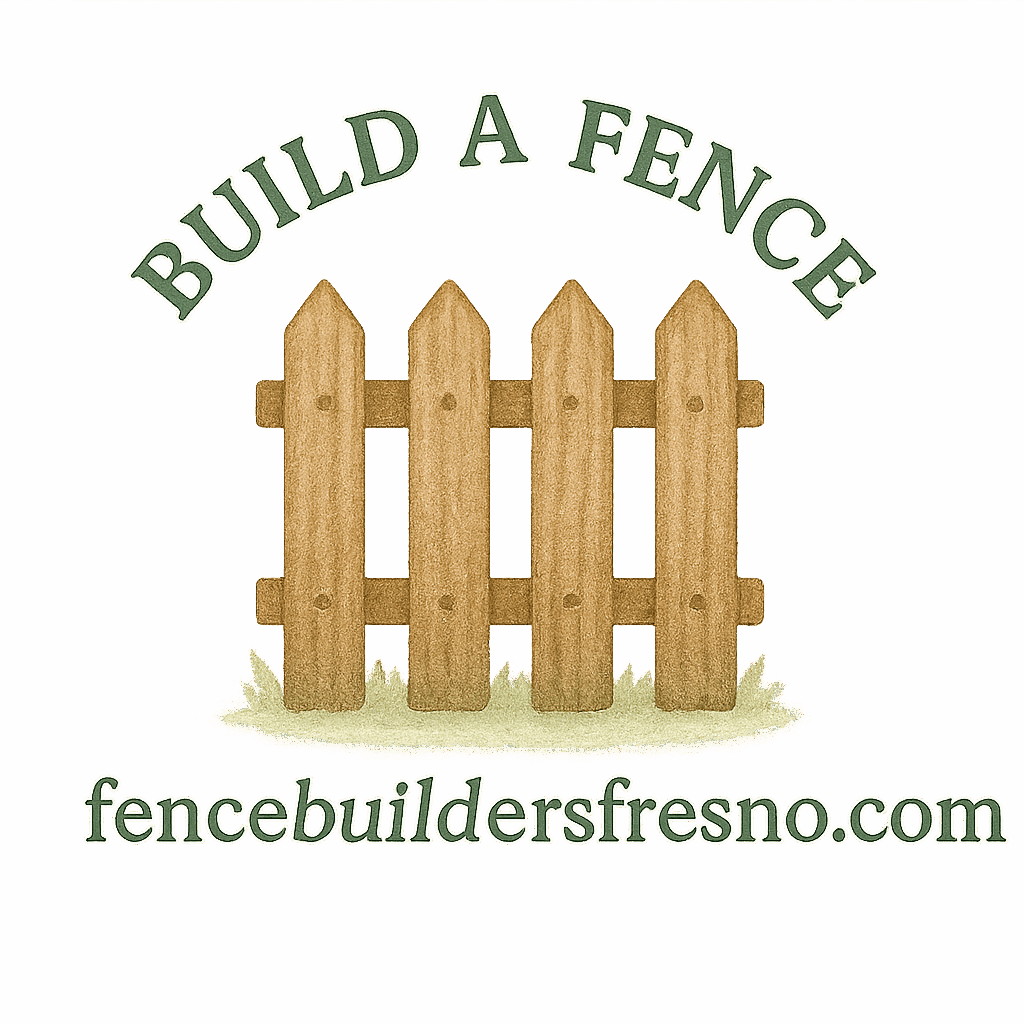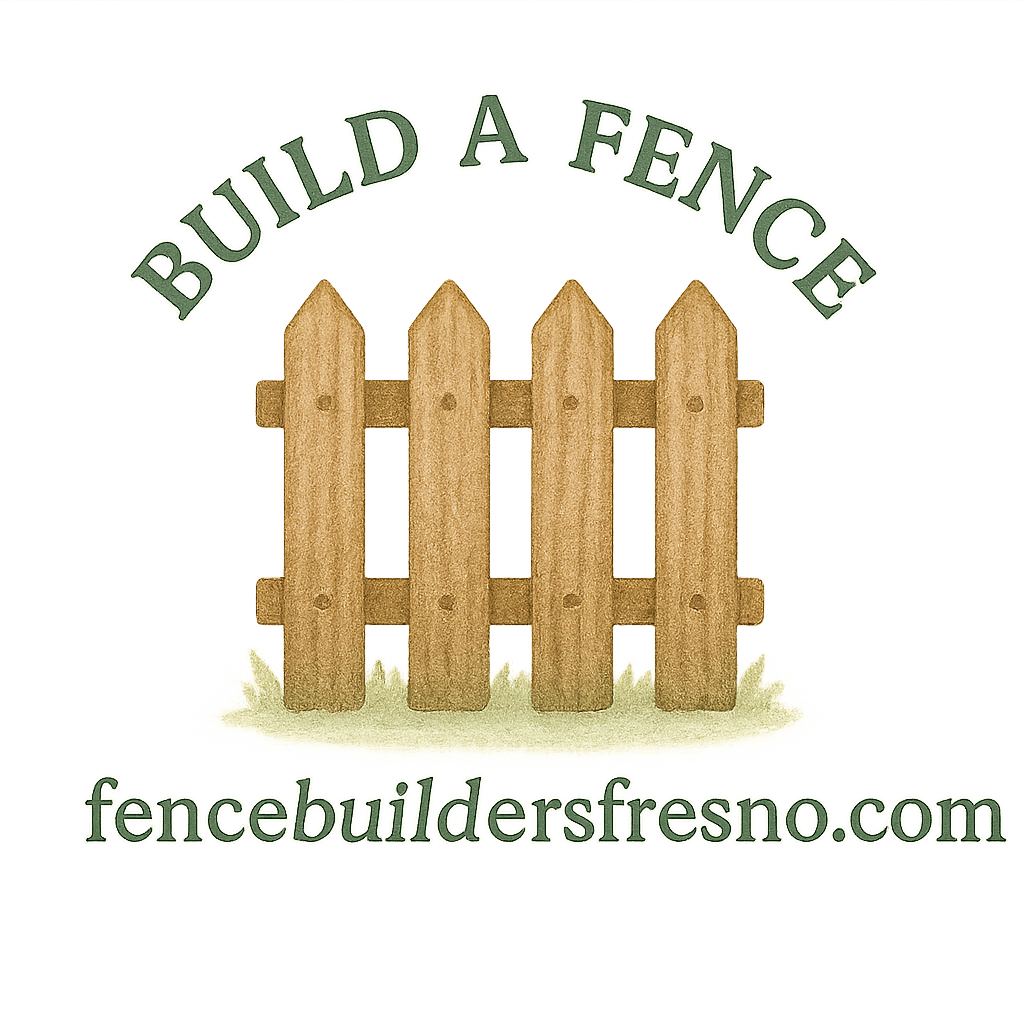Building a fence sounds straightforward—until your backyard starts looking like a ski slope. A sloped yard can be a real head-scratcher, especially when legal issues, property lines, and design challenges come into play. Don’t worry—we’ve got your back. Here are 9 essential tips for building a fence on a slope legally—plus expert tricks to save time, money, and headaches!
Introduction
So, you want to put up a fence on a slope? Whether you’re chasing privacy, security, or a stylish outdoor boundary, there’s more to it than just digging holes and hammering posts. From property lines to fence design planning, you’ll want to tackle this project with both precision and legal awareness.
Let’s break down everything you need to know to build a fence on a slope the right way—without accidentally fencing into your neighbor’s roses (or a lawsuit).
1. Understand Your Property Lines First
Before anything else, you need to know where your land starts and ends. Building on a slope makes measuring a little trickier, so take your time here.
Why Property Line Accuracy Matters
One wrong measurement can cause you major legal and financial headaches. Imagine installing an entire fence only to find out it’s three feet onto your neighbor’s lot. That’s a fast track to a legal dispute.
Resources to Confirm Boundaries
- Check your property deed or plat map.
- Hire a land surveyor for slopes or unclear boundaries.
- Use tools from Fence Builders Fresno to navigate tricky terrain.
2. Check Local Zoning and Fence Laws
Every city or county has its own rules about fencing—especially when elevation comes into play.
The Role of Permits and Zoning Codes
You might need a permit for fences above a certain height or ones built on uneven ground. Plus, many municipalities limit what type of fence you can build near sidewalks or property edges.
Make sure to explore local regulations via Fence Legal Considerations.
3. Choose the Right Fence Style for Slopes
Sloped terrain requires creative thinking. Not all fences work well on an incline, so picking the correct design is key.
Racked vs. Stepped Fence Designs
- Stepped fences have panels that “step” down the hill.
- Racked fences follow the slope smoothly, adjusting each picket’s angle.
Ideal Fence Types for Sloped Yards
- Vinyl fencing (flexible for slopes)
- Wood fences (easy to customize)
- Wrought iron (offers visual flow)
Explore more options at Fence Types Comparison.

4. Plan Your Fence Layout and Design Carefully
It’s tempting to just start digging, but a solid plan saves you from big mistakes.
Following the Terrain: Sloped Layout Techniques
Use contour mapping or a string line stretched across the slope to understand elevation changes. These tools help plan where panels and posts should go.
Use of Stakes and Strings
- Mark corners and elevation changes.
- Walk the entire fence line before installing.
See more design tips at Fence Design Planning.
5. Invest in Durable, Low-Maintenance Materials
Sloped fences experience more stress due to gravity, water runoff, and shifting soil. Choose materials that can handle it.
Best Materials for Sloped Terrain
- Vinyl: Lightweight, moisture-resistant, low maintenance.
- Pressure-treated wood: Traditional but requires upkeep.
- Metal: Rust-proof coatings keep it long-lasting.
Want fence materials that last? Check out Durable Fencing Options.
6. Build with Drainage in Mind
Water runs downhill—don’t let it ruin your fence.
Avoiding Water Damage and Soil Erosion
- Add gravel or drainage pipes near posts.
- Use concrete footings with proper slope.
- Leave gaps under panels to prevent moisture damage.
Ignoring drainage is like using cardboard in a rainstorm—it won’t end well!
7. Address Potential Fence Encroachments
It’s easy to miscalculate a slope, and even easier to upset neighbors if your fence crosses the line.
What to Do When a Fence Crosses the Line
- Reconfirm property markers.
- Have a surveyor mark it again post-digging.
- Document your boundaries and agreements.
Need help? Visit Fence Encroachment Solutions.
8. Get Neighbor Approval to Avoid Disputes
A quick chat can save you a courtroom visit.
Good Fences Start with Good Communication
Even if the fence is 100% on your property, sloped terrain can affect your neighbor’s yard visually or structurally.
Keep the peace by discussing:
- Design
- Height
- Drainage flow
Here’s more on avoiding disputes: Legal Dispute Resources
9. Work with Professional Fence Builders
While DIY is tempting, sloped terrain fences are no joke.
DIY vs. Hiring Pros
Pros understand:
- Terrain math
- Building codes
- Proper anchoring
Explore expert help through Fence Installation Guide or connect with professionals at Fence Builders Fresno.
Conclusion
Sloped yards can be challenging—but with the right planning and legal knowledge, you can build a fence that’s both stunning and compliant. Always start with property line clarity, local legal codes, and a solid design plan. Whether you go DIY or hire pros, these tips will make sure your fence stands tall—and legal—for years to come.
Want more help with your fencing project? Browse these essential resources:
- Fence Building Basics
- Fence Maintenance & Repair
- Decorative Fence Inspiration
- DIY Fence Projects
- Wood Fence Care
FAQs
1. Can you build a fence on a steep hill legally?
Yes, but you must check with your local municipality for slope-specific fencing laws and permits. Always verify your property lines.
2. What is the difference between a stepped and racked fence?
Stepped fences have horizontal panels with level tops; racked fences angle each picket to match the slope.
3. Do I need my neighbor’s permission to build a slope fence?
Not always, but discussing it helps avoid future disputes—especially if drainage or views are affected.
4. What fence material is best for hillsides?
Vinyl and metal are best for durability, while treated wood offers flexibility. Choose based on the terrain and budget.
5. How much does it cost to build a fence on a slope?
It depends on material and labor, but expect 15–30% more than flat yard fencing due to grading and complexity.
6. Can you DIY a fence on a slope?
Yes, but it requires planning, tools, and time. Consider hiring pros for steep or uneven terrain.
7. What permits do I need to build a fence on a slope?
Most localities require permits for fences above a certain height or near property edges. Always check with zoning offices.


